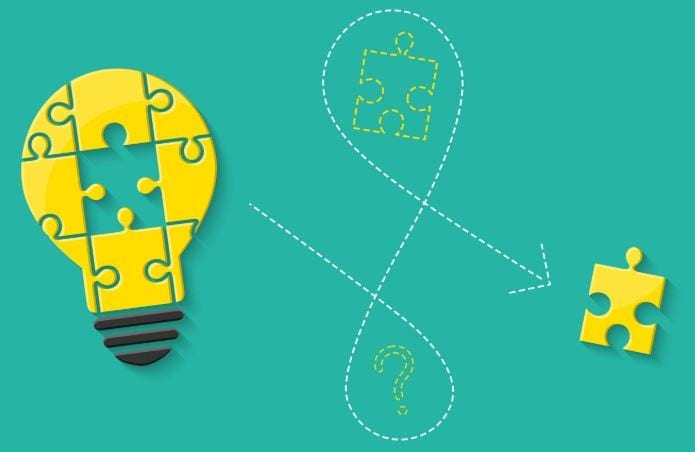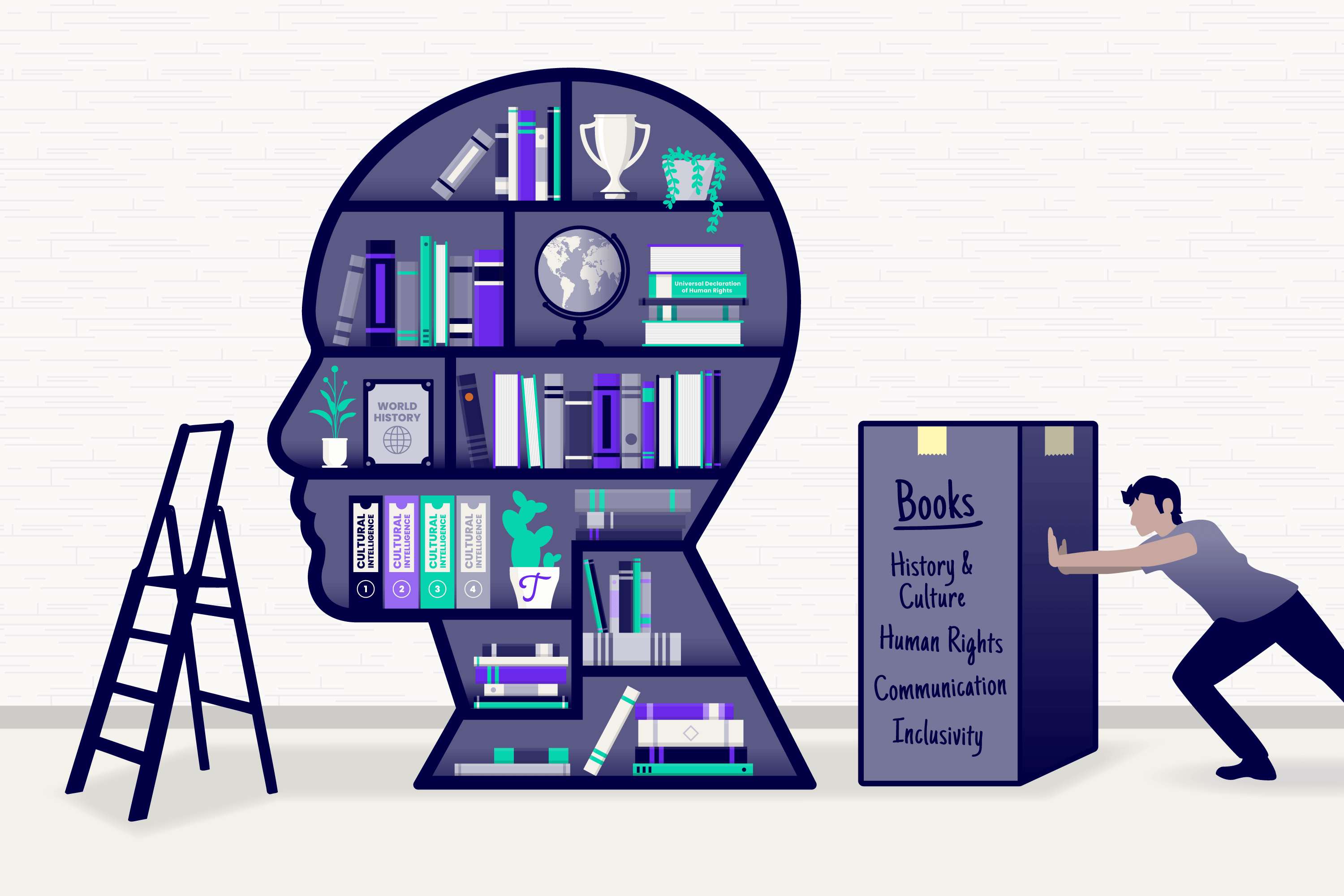Creative Problem Solving for Business Challenges
Discover how structured creativity can transform your approach to business challenges
Understanding the Creative Problem-Solving Framework
In today's complex business environment, organizations face unprecedented challenges that cannot be solved with conventional thinking alone. Creative problem solving (CPS) offers a structured approach to generating innovative solutions that address root causes rather than symptoms.
The most effective CPS frameworks follow a systematic process that combines analytical thinking with creative exploration. This dual approach ensures solutions are both innovative and practical.
The Four-Phase CPS Process
- Clarify: Define and understand the real problem
- Ideate: Generate diverse potential solutions
- Develop: Refine and strengthen promising ideas
- Implement: Transform solutions into actionable plans
Phase 1: Clarifying the Real Problem
Many problem-solving efforts fail because they address symptoms rather than root causes. The clarification phase involves digging deeper to identify underlying issues.
Start by gathering diverse perspectives from stakeholders across different departments. This cross-functional input prevents blind spots and ensures a comprehensive understanding of the challenge.
Problem Framing Techniques
- The "5 Whys" method to find root causes
- Problem statement reframing
- Stakeholder mapping
- Current vs. desired state analysis
Data Collection Methods
- Quantitative business metrics analysis
- Customer feedback integration
- Employee insight gathering
- Competitive landscape assessment
A well-defined problem statement should be specific, measurable, and focused on outcomes rather than solutions. For example, instead of stating "We need a better marketing strategy," frame it as "How might we increase customer engagement among millennials by 30% in the next quarter?"
Phase 2: Ideation Strategies that Drive Innovation
The ideation phase is where creativity takes center stage. The goal is to generate a high quantity of diverse ideas without judgment or evaluation.
Successful ideation sessions require psychological safety—an environment where team members feel comfortable sharing unconventional ideas without fear of criticism.
Proven Ideation Techniques for Business
Structured Brainstorming
Unlike traditional brainstorming, structured approaches use specific prompts and constraints to channel creativity more productively.
Reverse Thinking
Consider the opposite of what you want to achieve, then reverse those ideas to generate novel approaches.
Analogy Thinking
Borrow solutions from unrelated industries or natural systems and adapt them to your challenge.
SCAMPER Method
Systematically modify existing ideas through Substitution, Combination, Adaptation, Modification, Purpose, Elimination, and Reversal.
Research by Al Mithaq Institute shows that teams using structured ideation techniques generate 37% more viable business solutions than those using conventional approaches.
Phase 3: Developing and Refining Solutions
Not all ideas are equal. The development phase focuses on evaluating and strengthening the most promising solutions through critical thinking and refinement.
Use a systematic evaluation matrix that weighs ideas against key criteria such as implementation feasibility, resource requirements, potential impact, and alignment with strategic objectives.
| Evaluation Criteria | Low Impact (1-3) | Medium Impact (4-7) | High Impact (8-10) |
|---|---|---|---|
| Financial Viability | Negative ROI | Break-even or slight profit | Significant profit potential |
| Implementation Difficulty | Complex, resource-intensive | Moderate complexity | Simple, straightforward |
| Stakeholder Support | Significant resistance | Mixed reception | Strong buy-in |
| Strategic Alignment | Minimal alignment | Partial alignment | Perfect strategic fit |
Once you've identified the most promising ideas, strengthen them through focused refinement. Consider potential weaknesses and proactively address them before implementation.
Phase 4: Implementation Planning and Execution
Even the most brilliant solution fails without proper implementation. This final phase transforms ideas into action through systematic execution planning.
Successful implementation requires clear accountability, resource allocation, timeline development, and risk mitigation strategies.
Implementation Success Factors
Pilot Testing: Start with small-scale implementation to validate assumptions and refine approach
Change Management: Address human factors through communication and stakeholder engagement
Feedback Loops: Establish mechanisms to continuously gather insights and make adjustments
Success Metrics: Define clear KPIs to measure the effectiveness of implemented solutions
Case Study: Creative Problem Solving in Action
A Dubai-based logistics company faced declining market share due to new digital competitors. Through Al Mithaq Institute's CPS framework, they:
- Clarified their core challenge: not just digital transformation, but customer experience gaps
- Generated 47 potential solutions through structured ideation workshops
- Developed a hybrid approach combining their logistics expertise with new digital capabilities
- Implemented a phased rollout that increased customer satisfaction by 28% and regained 17% market share
Building a Creative Problem-Solving Culture
Beyond specific challenges, organizations benefit from embedding creative problem-solving capabilities into their culture. This requires leadership commitment, skill development, and supportive structures.
Al Mithaq Institute's research with UAE businesses shows that organizations with strong creative problem-solving cultures are 3.2 times more likely to outperform their industry peers in innovation metrics and 2.7 times more likely to adapt successfully to market disruptions.
Leadership Practices
- Model curiosity and open-minded inquiry
- Reward innovative thinking
- Allow time for exploration
- Embrace productive failure
Team Capabilities
- Cross-functional collaboration
- Cognitive diversity
- CPS tools proficiency
- Constructive debate skills
Organizational Support
- Innovation spaces (physical/virtual)
- Dedicated time for ideation
- Knowledge management systems
- Cross-pollination opportunities
How Al Mithaq Institute Can Help
Our specialized courses in Creative Problem Solving, Business Administration, and Project Management provide professionals with the tools and frameworks needed to tackle complex business challenges.
Through practical workshops, case studies, and expert guidance, participants develop the skills to implement these approaches in their organizations immediately.
FAQ: Creative Problem Solving for Business
Traditional problem solving often relies on linear thinking and past experiences, while creative problem solving deliberately integrates divergent thinking to generate novel solutions. CPS uses structured techniques to break mental patterns and explore possibilities outside conventional boundaries, making it particularly effective for complex, ill-defined challenges where standard approaches prove inadequate.
The primary barriers include time pressure that rushes solution-finding, fear of failure that inhibits risk-taking, hierarchical cultures that discourage junior-level input, confirmation bias that limits consideration of alternatives, and lack of diversity in problem-solving teams. Organizations can overcome these barriers through dedicated innovation time, psychological safety practices, diverse team composition, and leadership that models openness to unconventional thinking.
Effectiveness can be measured through both process and outcome metrics. Process metrics include the quantity and diversity of ideas generated, team engagement levels, and implementation rates of proposed solutions. Outcome metrics track the business impact of implemented solutions such as cost savings, revenue growth, customer satisfaction improvements, market share gains, and problem recurrence rates. A balanced scorecard approach combining these metrics provides the most comprehensive assessment.
Research conclusively shows that creative problem solving is a skill that can be developed through training and practice. While individuals may have different baseline creative thinking capabilities, the structured techniques and mindsets of CPS can be taught to anyone. Training programs that combine conceptual understanding with practical application and coaching show the highest effectiveness in developing these skills across diverse professional backgrounds.







